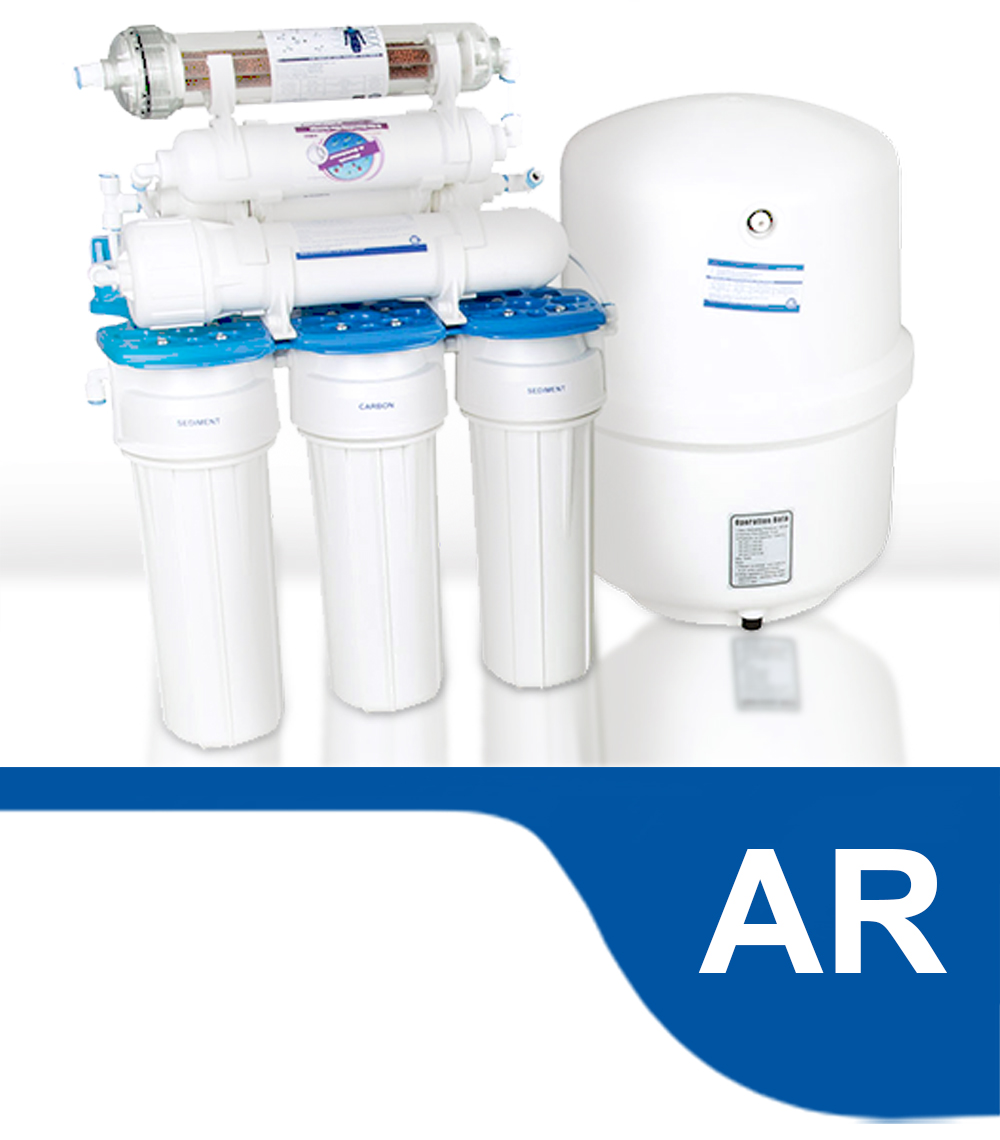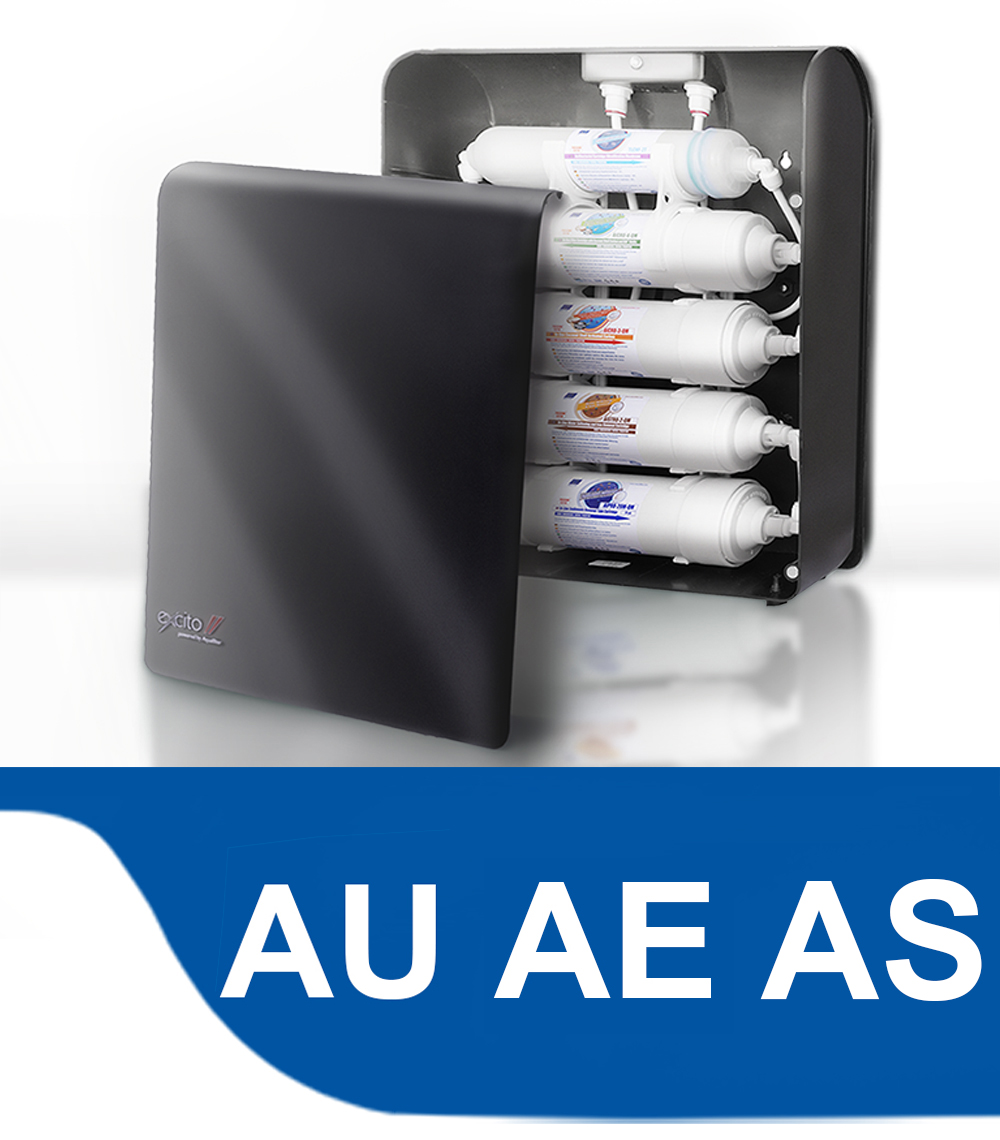| Indicator |
Cause |
Health Effect |
| Presence of sediment on heating elements of household appliances |
The term "hard water" means that water contains more minerals, especially calcium and magnesium. In other words, when water contains a significant proportion of magnesium and calcium it is described as "hard". "Hard water" clogs pipes and makes difficult for soap and other detergent to spume. Water hardness increases together with an increase in concentration of dissolved calcium and magnesium present in water. Magnesium and calcium ions are present in the form of positive ions.
|
Affects the excessive dryness of the skin. Water consumed in large quantities of calcium and magnesium ions can result in kidney stones or gallbladder stones.
|
| Dry skin, rough hair after bathing |
| Soapy sludge at the bottom sink or a bathtub |
| Materials after laundering are very rigid and unpleasant to the touch |
Types of Hardness:
Carbonate hardness (transient) is created by readily soluble and thermally unstable bicarbonate salts Mg(HCO3)2 or Ca(HCO3)2, which can be removed by boiling water as a result of their transformation into soluble carbonate salts MgCO3 or CaCO3, precipitated during the cooking/boiling point (scaling).
Non‐carbonate hardness (solid) is created by the presence of chlorides, sulphates, silicates, nitrates and other salts of calcium and magnesium.
General water hardness is the sum of carbonate and non‐carbonate hardness.
In addition, there are other types of water hardness categorized by cations: calcium hardness, magnesium hardness and their sum as a general hardness.
Water hardness significantly depends on the content of Ca2+ and Mg2+ and hence the division of water hardness on the hardness of calcium and magnesium.
Water Hardness Scale
|
| odH German degree |
Hardness Scale
|
| 0 ‐ 5 |
very soft
|
| 5 ‐ 10 |
soft
|
| 10 ‐ 15 |
medium soft
|
| 15 ‐ 20 |
some what hard
|
| 20 ‐ 25 |
hard
|
| below 30 |
very hard
|
Expression of water hardness:
Within the Polish, Central and Eastern Europe generally accepted as the unit of the German degree of water hardness (oN). 1oN expresses the amount of calcium and magnesium content equivalent to 10 mg of CaO in 1 dm3 of water. Units of determining the water hardness were not standardized. The following table shows the conversion of water hardness units.
| Unit |
mg/dm3 CaCO3
|
mval/dm3
|
German degree
|
French degree
|
British degree
|
| mg/dm3 CaCO3 |
1
|
50.4
|
0.056
|
0.10
|
0.70
|
| mval/dm3 |
50.04
|
1
|
2.804
|
5.00
|
3.504
|
| German degree |
17.84
|
0.375
|
1
|
1.784
|
1.249
|
| French degree |
10
|
0.200
|
0.560
|
1
|
0.700
|
| British degree |
14.28
|
0.285
|
0.800
|
1.428
|
1
|
1 mval/dm3 = 20,04 mg/dm3 Ca2+ = 50,04 mg/dm3 CaCO3
German degree: 1oN = 10 mg/dm3 CaO = 17,84 mg/dm3 CaCO3
French degree: 1oF = 1000 mg/100cm3 CaO = 10,0 mg/dm3 CaCO3
British degree: 1ooz/gallon = 14,28 mg/dm3 CaCO3
In the U.S., water hardness is expressed in ppm (parts per million), which corresponds with the number of milligrams of CaCO3 in dm3 water (conventional unit).









